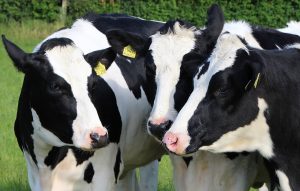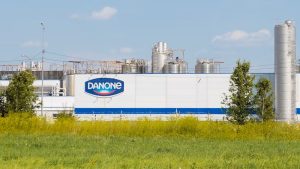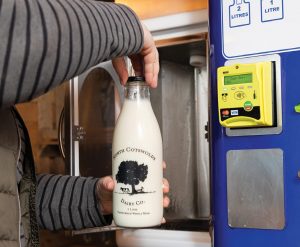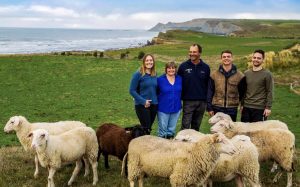
Scientists track how avian influenza jumped species, hitting U.S. dairy herds and sparking concern over transmission, testing, and food safety.
Highly pathogenic avian influenza (H5N1), once confined largely to wild birds and poultry, has now made a significant and concerning leap into U.S. dairy herds. First detected in cattle in March 2024, the virus’s ability to cross species lines has baffled scientists and heightened fears about animal and potentially human health impacts. The scale of the outbreak, while still limited, has exposed serious gaps in surveillance and biosecurity protocols in the livestock industry.
The initial cases were traced to cows displaying reduced milk production and thickened milk—signs that weren’t initially recognized as influenza-related. As testing expanded, evidence mounted that the virus was spreading among herds and possibly via milking equipment, which remains a hypothesis under investigation. Alarmingly, some milk samples have shown viral fragments, though pasteurization remains effective at eliminating infectious virus particles.
Experts stress that while there is no current evidence of widespread human transmission, a Texas dairy worker tested positive for H5N1, showing only mild eye symptoms. This marks a rare but notable case of mammal-to-human transfer. Virologists emphasize the importance of continued monitoring to detect any viral mutations that could increase the risk to humans.
One of the challenges in managing the outbreak is the fragmented nature of disease reporting in U.S. agriculture. While poultry outbreaks are tightly regulated and swiftly reported, cattle fall into a gray area, with less federal oversight. This has delayed coordinated response efforts and complicated containment strategies across state lines.
Going forward, scientists and policymakers call for enhanced biosecurity, comprehensive testing, and improved transparency across the livestock industry. As H5N1 continues its unpredictable path, the dairy sector must adapt swiftly to avoid broader economic and public health impacts. The episode also raises tough questions about how agriculture prepares for cross-species disease threats in an interconnected world.
You can now read the most important #news on #eDairyNews #Whatsapp channels!!!
🇺🇸 eDairy News INGLÊS: https://whatsapp.com/channel/0029VaKsjzGDTkJyIN6hcP1K




















